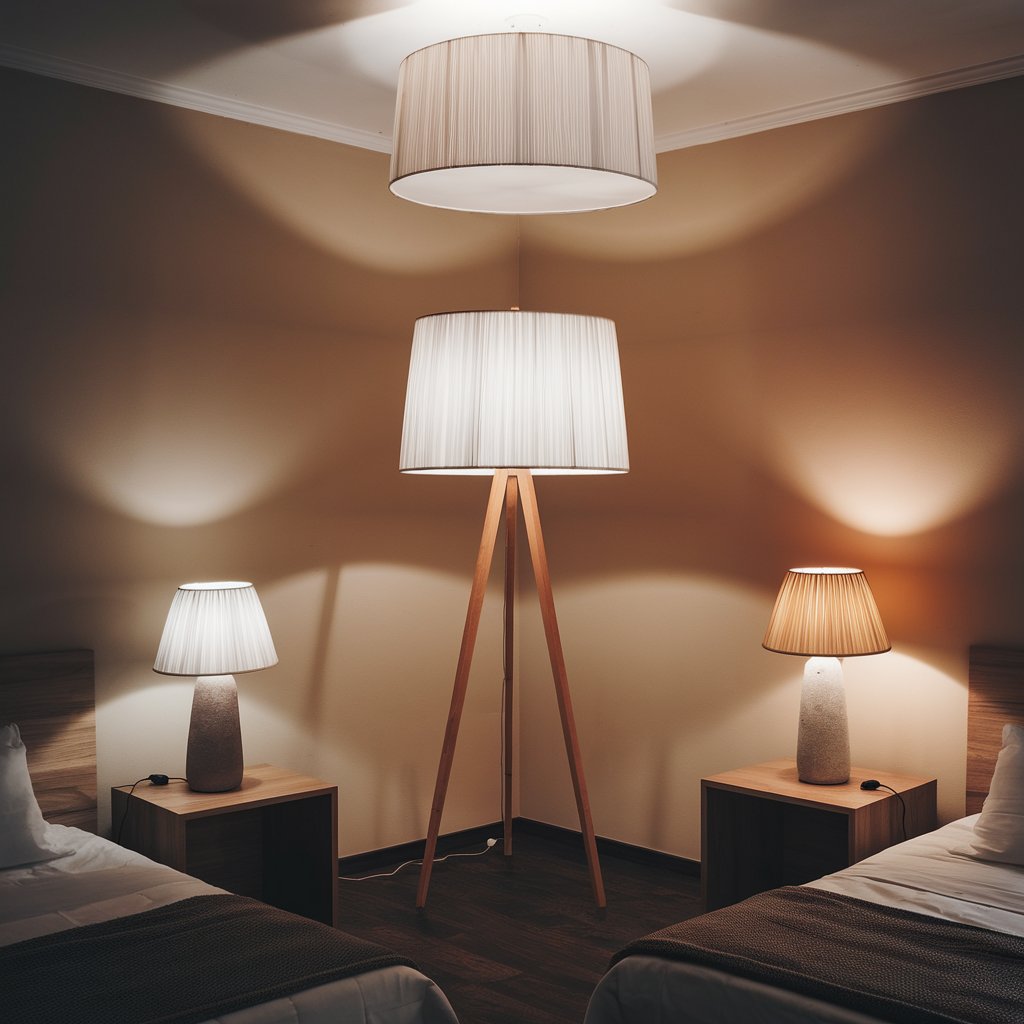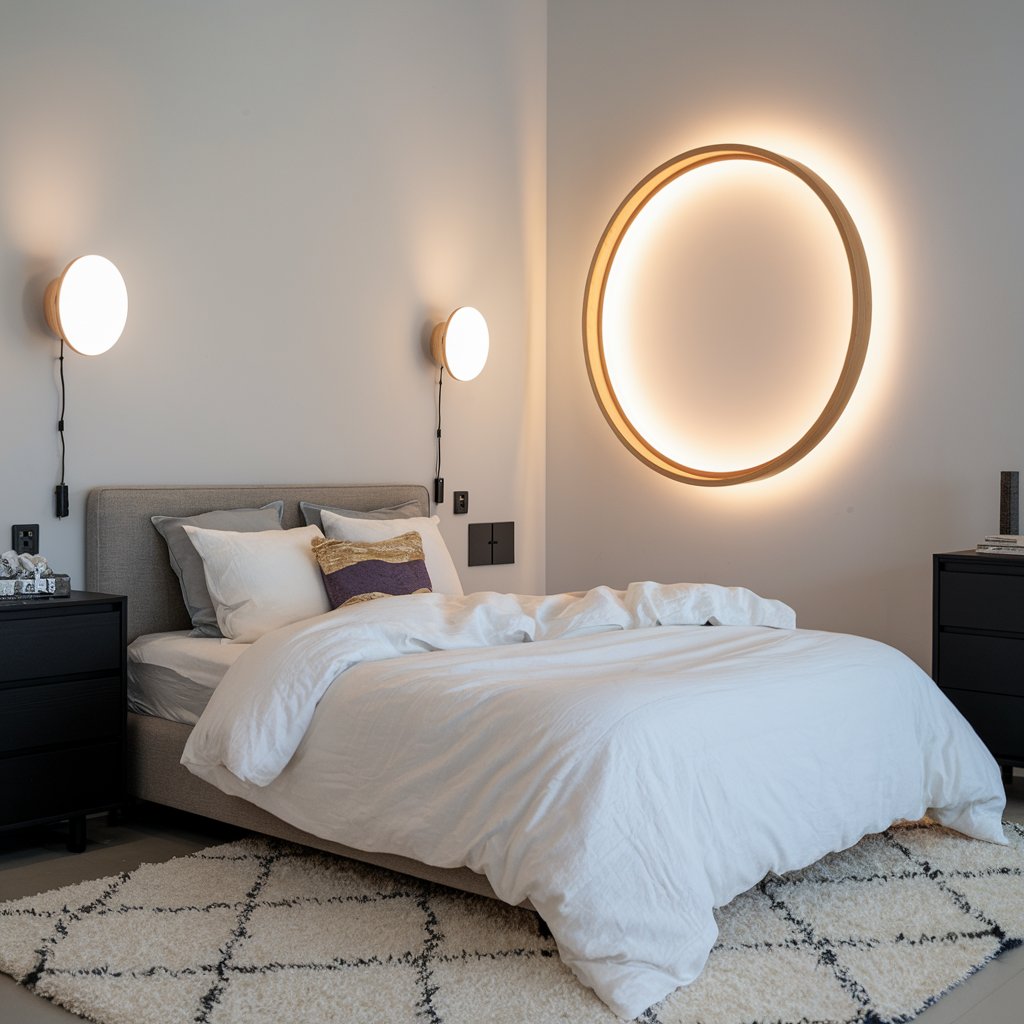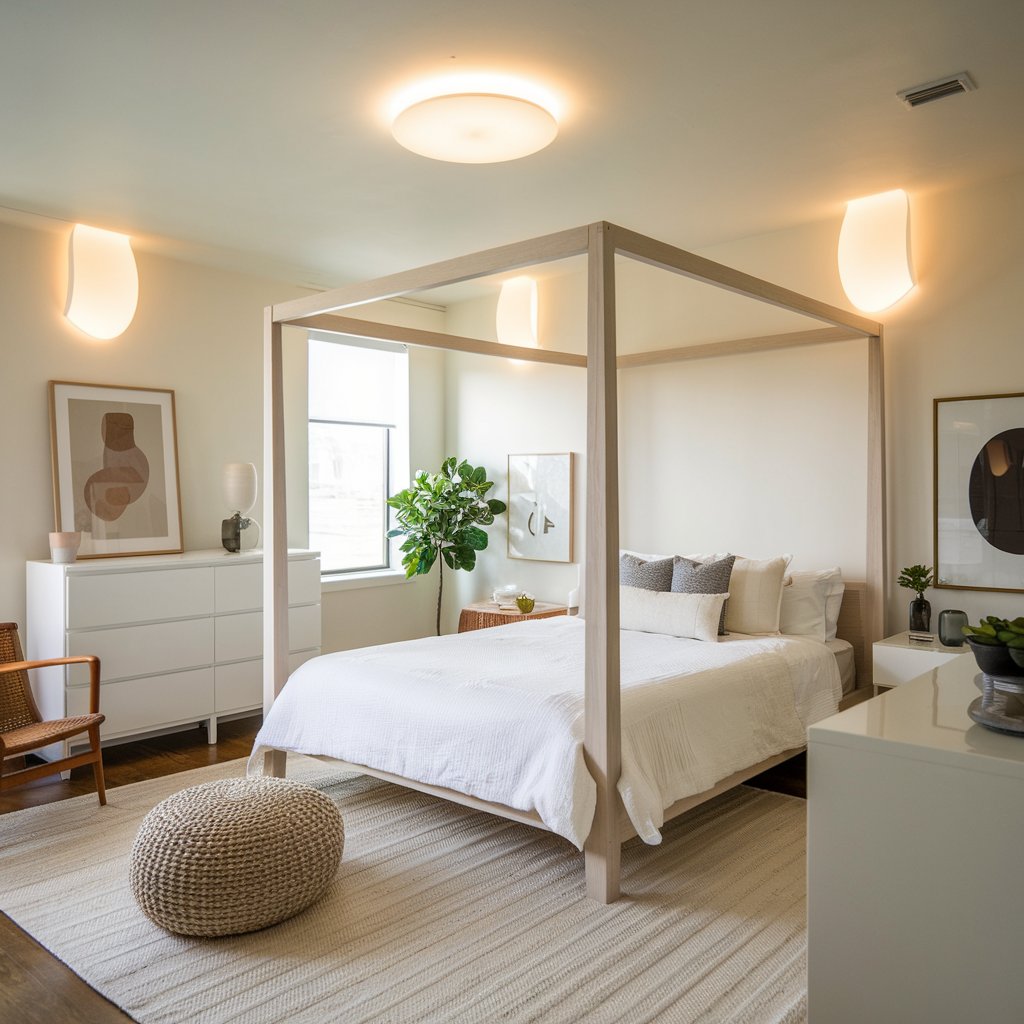Lighting Your Space: How Many Lumens Do You Need to Light a Room?
Are you tired of dimly lit rooms or harsh, glaring overhead lights? Choosing the right lighting can transform your space, impacting everything from mood and productivity to energy efficiency and safety. But how do you know how bright is bright enough? The key is understanding of how many lumens do you need to light a…
Are you tired of dimly lit rooms or harsh, glaring overhead lights? Choosing the right lighting can transform your space, impacting everything from mood and productivity to energy efficiency and safety. But how do you know how bright is bright enough? The key is understanding of how many lumens do you need to light a room. This comprehensive guide will walk you through everything you need to know about lumens and how to calculate the perfect amount for each room in your home. We’ll explore different lighting types, factors to consider, and provide practical examples to help you make informed decisions.
Lumens (lm) are the unit of measurement for luminous flux, which represents the total amount of visible light emitted by a source. Think of it as a measure of how much light a bulb actually produces. Higher lumens mean more light. It’s different
from watts, which measure power consumption. A 100-watt incandescent bulb might produce fewer lumens than a 15-watt LED bulb because of the difference in light-producing efficiency. Choosing a bulb based solely on watts is outdated – lumens are the true indicator of brightness.
How Many Lumens Do You Need to Light a Room?
You need 20 lumens per square foot for general lighting. For task lighting, aim for 50–75 lumens per square foot. Multiply the room’s square footage by the desired lumens to get the total. For example, a 100 sq ft room needs 2,000 lumens for ambient lighting.
Why Lumens Matter: Beyond Brightness

Choosing the right lumen level significantly impacts several aspects of your living space. Sufficient lumens enhance visibility, reducing eye strain and improving safety, especially in hallways and stairwells. Adequate lighting can also boost mood and productivity, creating a more inviting and comfortable atmosphere. Conversely, insufficient lighting can lead to headaches, fatigue, and accidents. The right lumens are crucial for your overall well-being and the functionality of your spaces.
Read More: How Many Pot Lights in a Living Room: Determining The Perfect Number
Calculating Lumens: Room Size and Light Levels
There’s no single magic number of lumens for every room. The ideal lumen count depends on the room’s size, its purpose, and the desired ambiance. A general guideline is to aim for a certain number of lumens per square foot. However, this is only a starting point; you’ll need to adjust based on other factors.
Lumens Per Square Foot: A General Guideline
While individual preferences play a significant role, here’s a commonly used guideline for lumens per square foot:
-
- Task lighting (kitchen counters, workspaces): 70-100 lumens per square foot
- Ambient lighting (living rooms, bedrooms): 30-50 lumens per square foot
- Accent lighting (artwork, decorative features): Variable, depends on the feature
Room Types and Their Lumen Needs

Living Rooms: Creating a Relaxing Ambiance
Living rooms usually require a balance of ambient and accent lighting. Aim for a comfortable brightness, allowing for flexibility in mood. Consider using multiple light sources (table lamps, floor lamps, recessed lighting) to achieve the desired effect.
Bedrooms: Promoting Sleep and Relaxation
Bedrooms benefit from softer, dimmer lighting. Avoid bright overhead lights; instead, prioritize bedside lamps and possibly dimmer switches for adjustable brightness. This creates a more relaxing and conducive environment for sleep.
Kitchens: Ensuring Sufficient Task Lighting
Kitchens require a significant amount of lumens, particularly for task lighting. Under-cabinet lighting, pendant lights over islands, and well-lit workspaces are crucial for safe and efficient food preparation.
Bathrooms: Balancing Brightness and Ambiance
Bathrooms benefit from a combination of bright, overhead lighting for grooming and softer lighting near the tub or shower for a more relaxed atmosphere. Consider using a combination of lighting styles for optimal functionality and ambiance.
Read More: Transform Your Space: How to Improve Lighting in a Room?
Home Offices: Optimizing Productivity
Home offices need bright, even lighting to minimize eye strain and improve focus. A combination of overhead lighting and a task lamp for your desk is recommended. Consider natural light sources to maximize productivity and well-being.
Types of Light Bulbs and Their Lumen Output

Different types of light bulbs offer varying lumen outputs for the same wattage. LEDs are the most energy-efficient, offering high lumens with low energy consumption. Incandescent bulbs, while producing warm light, are much less efficient and produce fewer lumens for the same wattage.
Factors Affecting Lumen Requirements
Besides room size and purpose, several other factors influence the number of lumens needed:
-
- Ceiling height: Higher ceilings may require more lumens to adequately illuminate the room.
- Wall color: Darker walls absorb more light, necessitating higher lumen output.
- Window size and placement: Large windows can significantly reduce the need for artificial lighting.
- Furniture placement: Large furniture can cast shadows, requiring additional light sources.
Choosing the Right Lighting Fixtures
The type of lighting fixture significantly influences how lumens are distributed in a room. Consider the following:
-
- Recessed lighting: Provides even, general illumination.
- Pendant lights: Ideal for task lighting or accentuating specific areas.
- Table and floor lamps: Offer adjustable and focused lighting.
- Track lighting: Allows for flexible placement and direction of light.
Calculating Lumens for Multiple Light Fixtures
| Room Size (sq ft) | Total Lumens Needed (20 lumens/sq ft) | Number of Fixtures | Lumens per Fixture |
|---|---|---|---|
| 100 | 2,000 | 2 | 1,000 |
| 150 | 3,000 | 3 | 1,000 |
| 200 | 4,000 | 4 | 1,000 |
| 250 | 5,000 | 5 | 1,000 |
| 300 | 6,000 | 3 | 2,000 |
| 400 | 8,000 | 4 | 2,000 |
| 500 | 10,000 | 5 | 2,000 |
If you’re using multiple light fixtures in a room, simply add the lumen output of each fixture to determine the total lumens produced. Ensure that the total lumens meet or exceed your calculated requirement.
Understanding Color Temperature (Kelvin)
Color temperature, measured in Kelvin (K), affects the appearance of the light. Lower Kelvin values (e.g., 2700K) produce warmer, yellowish light, ideal for relaxing spaces. Higher Kelvin values (e.g., 5000K) produce cooler, bluer light, suitable for task-oriented areas.
Energy Efficiency and Lighting Choices
LEDs offer the best balance of energy efficiency and lumen output. They consume significantly less energy than incandescent or fluorescent bulbs while producing comparable or higher lumens. This translates to lower energy bills and a smaller carbon footprint.
Light Dimmers: Controlling Brightness and Ambiance
Light dimmers allow you to control the brightness of your lights, creating different moods and ambiance within a room. They’re especially useful in spaces where you might want to adjust the lighting based on the time of day or activity.
Troubleshooting Lighting Issues
If your room seems dimly lit despite having enough lumens, consider these issues:
-
- Fixture placement: Poorly placed fixtures can create shadows or uneven lighting.
- Bulb type: Incorrect bulb type might reduce the effective lumens.
- Room color and reflectivity: Dark walls and furniture absorb light, needing more lumens.
Frequently Asked Questions
What are lumens and how are they different from watts?
Lumens (lm) measure the total amount of visible light produced by a light source, while watts (W) measure the amount of energy it consumes. A higher lumen value indicates brighter light, regardless of wattage. LEDs, for instance, are energy efficient because they produce high lumens with low wattage.
How do I calculate the lumens needed for my irregularly shaped room?
For irregularly shaped rooms, it’s best to approximate the square footage. Break the room into smaller, simpler shapes (rectangles, squares), calculate the area of each section, and add them together. Then use the lumens per square foot guideline to determine the required lumens.
Can I use too many lumens in a room?
While it’s unlikely to harm you, using excessively high lumens can create an uncomfortably bright and harsh environment. This can lead to eye strain and discomfort. It’s better to choose the right amount of light that provides sufficient illumination without being overwhelming.
What is the best type of light bulb for different rooms?
LEDs are generally recommended for their energy efficiency and long lifespan. However, the color temperature (Kelvin) should be tailored to the room. Warmer (2700K) light is suitable for living rooms and bedrooms, while cooler (5000K) light is better for kitchens and bathrooms.
What are the benefits of using multiple light sources in a room?
Multiple light sources offer better illumination, eliminating shadows and creating a more balanced light distribution. This is particularly useful in larger rooms or those with irregular shapes. It also enhances flexibility, allowing you to adjust the lighting to your specific needs.
Final Thoughts
Choosing the right number of lumens for your rooms is crucial for creating a comfortable, functional, and aesthetically pleasing living space. By understanding lumens, considering room size and purpose, and choosing appropriate lighting fixtures and bulbs, you can transform your home’s ambiance. Remember that this is a guide, and personal preferences play a significant role. Experiment with different levels of brightness and color temperatures to find what works best for you. Don’t hesitate to use a combination of lighting types and dimmers to achieve the perfect lighting for every situation and mood. With careful consideration, you’ll create a well-lit home that enhances your comfort, safety, and overall well-being.

